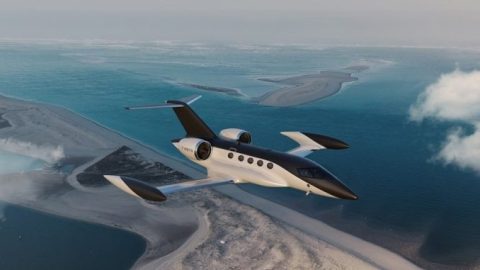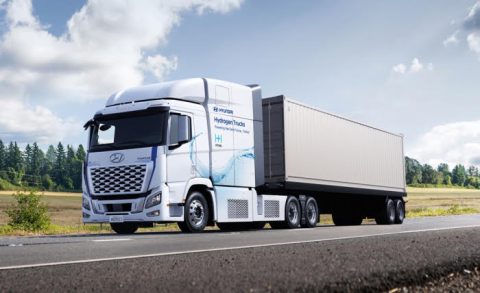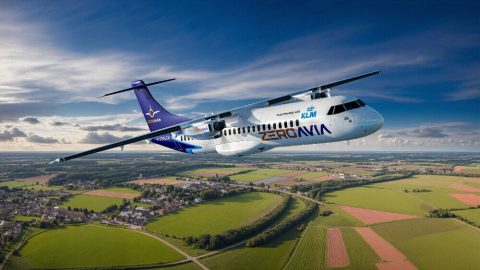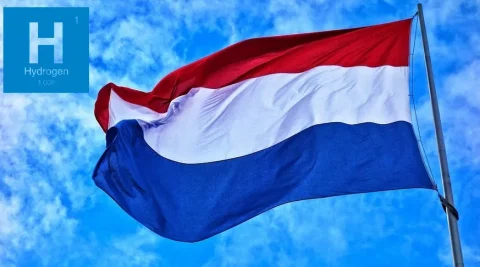Swiss startup Destinus is developing hypersonic passenger aircraft powered by hydrogen, promising to revolutionize long-distance travel. Their technology could reduce flight times from the US to China to just 3.5 hours.

Key Developments in Hydrogen Aircraft Technology
Destinus has successfully tested its second prototype, Eiger, marking significant progress in hydrogen-powered flight development. The company recently joined a Spanish government initiative through the Centro para el Desarrollo Tecnológico e Industrial, securing €12 million in funding for hydrogen flight research.
“This grant alignment shows Destinus’s commitment to advancing hydrogen flight technology in Spain and Europe,” says Davide Bonetti, VP of Business Development and Products at Destinus.
Technical Capabilities and Potential Impact
Hydrogen-powered aircraft can achieve speeds of Mach 5 (five times the speed of sound), approximately 6,100 kilometers per hour. At these velocities:
- London to New York: 90 minutes
- Frankfurt to Sydney: 4 hours 15 minutes (reduced from 20 hours)
- Frankfurt to Shanghai: 2 hours 45 minutes (reduced from 11 hours)
Engineering Innovations
Recent breakthroughs in hydrogen flight technology have accelerated development across multiple fronts. RMIT University researchers have created 3D-printed catalysts that effectively manage the extreme heat generated during hypersonic flight. This development works alongside Destinus’s strategic partnership with ITP Aero to establish specialized hydrogen engine testing facilities. Additionally, a €15 million research project is advancing liquid hydrogen propulsion systems, addressing key technical challenges in hydrogen-powered flight.
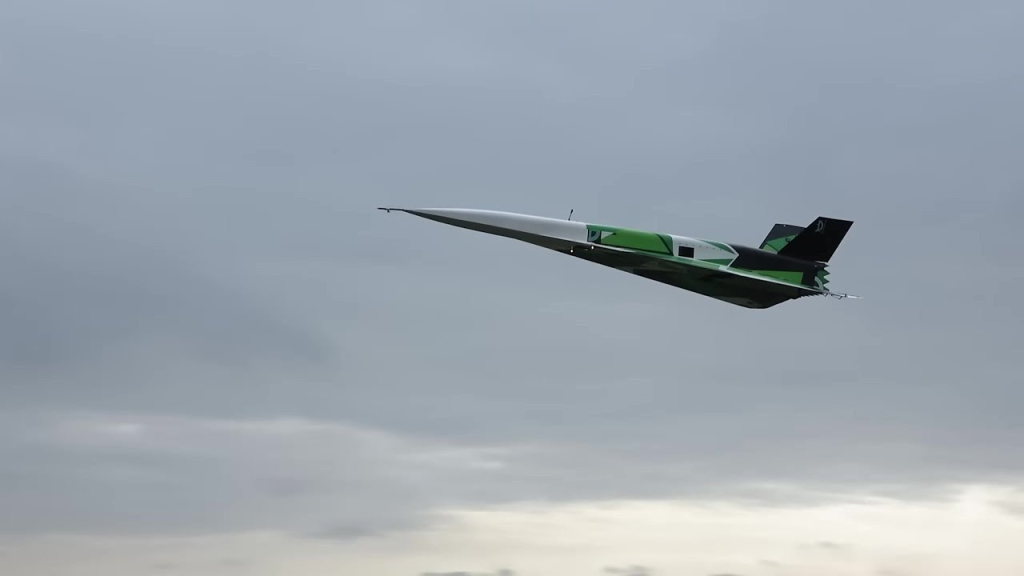
Global Investment in Hydrogen Aviation
United Kingdom’s FlyZero Initiative
The UK government is funding the FlyZero project through the Aerospace Technology Institute (ATI). The project features a midsize aircraft design capable of:
- Carrying 279 passengers
- Flying halfway around the world without stopping
- Reaching any global destination with one stopover
- Achieving zero carbon emissions
Airbus Hydrogen Aircraft Development
Airbus has revealed three hydrogen-powered aircraft concepts scheduled for potential service by 2035:
- Short-haul turboprop
- Intercontinental jet airliner
- Advanced blended-wing design
Environmental Impact
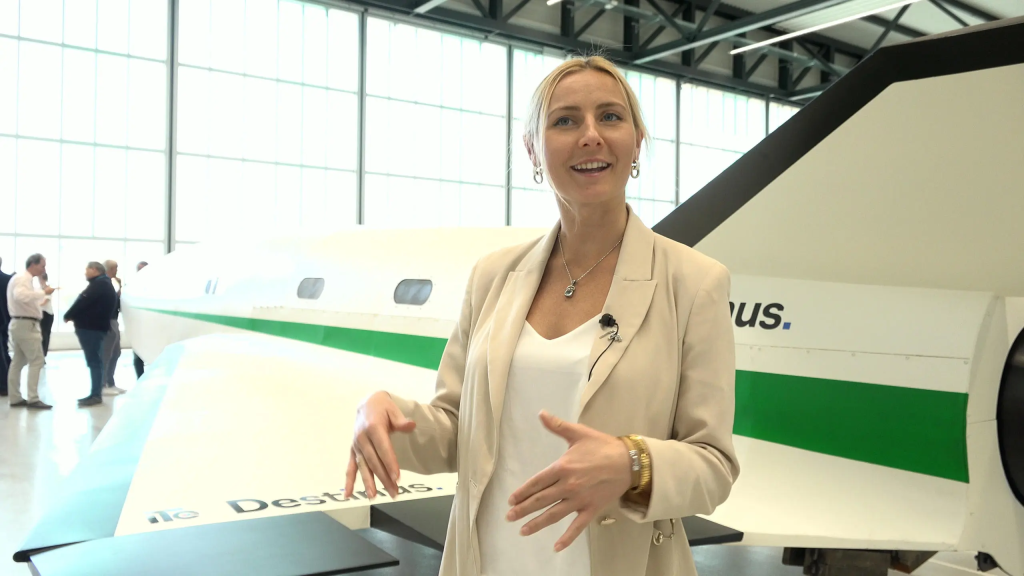
Hydrogen power offers significant environmental advantages, producing only heat and water as byproducts. This technology aligns with global aviation industry goals for reducing carbon emissions while maintaining efficient long-distance travel capabilities.
Future Outlook
The combination of hypersonic speeds, reduced environmental impact, and significant industry investment suggests hydrogen-powered aircraft could transform commercial aviation within the next decade. As testing facilities and prototypes continue development, the timeline for commercial implementation becomes increasingly concrete.
Did You Know? Slovenian – Japan Hydrogen Alliance Drives Clean Energy Future


